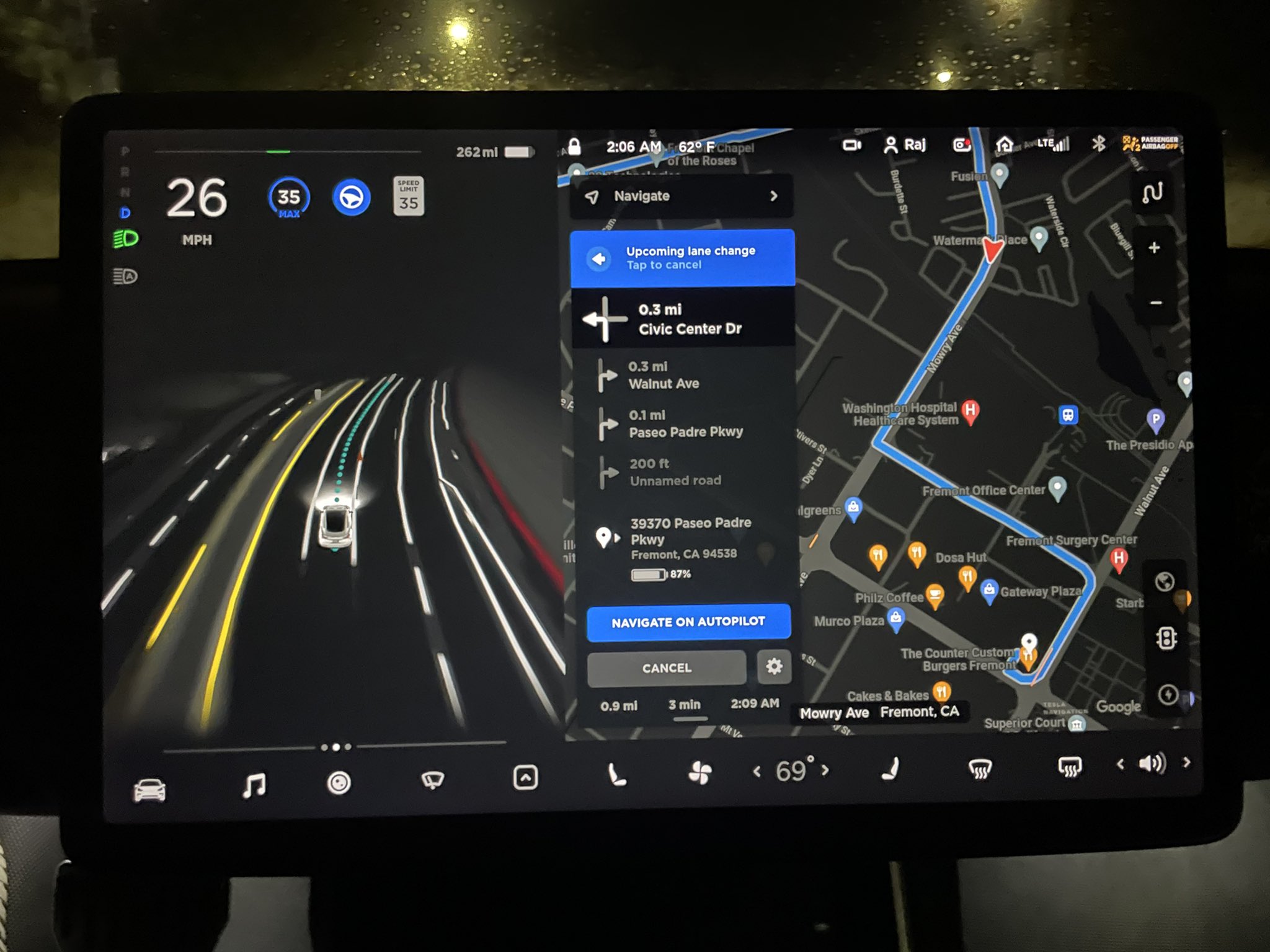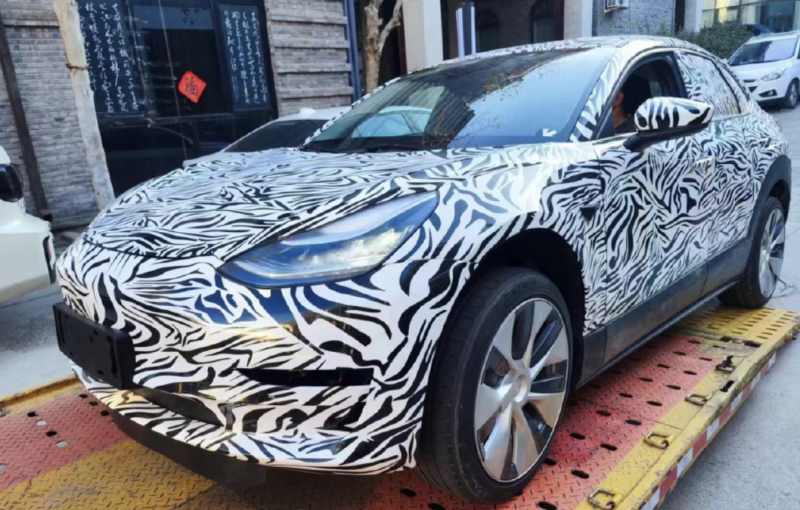The Magnis deal looks real.
Minimum 17,500 tons/yr starting Feb 2025, maximum 35,000 tons/yr for minimum 3 yrs at fixed price.
Minimum 17,500 tons/yr starting Feb 2025, maximum 35,000 tons/yr for minimum 3 yrs at fixed price.
You can install our site as a web app on your iOS device by utilizing the Add to Home Screen feature in Safari. Please see this thread for more details on this.
Note: This feature may not be available in some browsers.
Let me be clear - as I wrote in the options thread a while back.
I think TSLL is a good alternate investment during wash out timeout periods. During other times there are a lot of ways to make money on options (either short or long term). BTW, TSLL is just investing in calls, AFAIK. So, instead you can directly invest in calls - unless you can't because of washout period, in 401k which doesn't allow options etc.
So this confirms that a new GF announcement is imminent because where would Tesla store all these tons of unused battery material??The Magnis deal looks real.
Minimum 17,500 tons/yr starting Feb 2025, maximum 35,000 tons/yr for minimum 3 yrs at fixed price.
However, Rystad's comprehensive emissions modeling points to an imminent emissions inflection point Their data shows a peak of 39 GTpa in 2025 That timeline could move up to as early as next year if the short-term macroeconomic outlook accelerates the energy transition
“Tesla doesn’t have a technology advantage”
I think this is somewhat old news, but it came across my Twitter today and it reminded me of all the little things that contribute to the Tesla experience. Yes, often the car tells you what’s wrong with it. That’s pretty rad.
This Teslarati article focuses upon a known flaw in the human system. Essentially, "familiarity breeds contempt" is a very real issue. Here, IIHS comments upon the problem of this tendency of people to become complacent when using automated driving aids.
You really cannot depend upon many/most drivers to exercise the level of vigilance needed as the march of 9s strives to reach a functional full autonomy. There will be those instances of tragedy, and uncounted instances of near tragedy, as the data is gathered to accomplish this worthy goal.
On the flip-side, there will still be many, many lives saved which will not be counted, simply because you don't tend to notice when a system is working well.

Tesla’s FSD Beta recall gets response from IIHS President
Harkey noted that drivers of partially automated cars have shown a tendency to treat their cars like they are fully autonomous.www.teslarati.com
Economic output *is* a function of carbon emissions. There are other factors that have been reducing the carbon intensity per $ of GDP, but for the last four decades it's been steadily at about 300-500 kg of CO2 per $1 generated. See chart from the IEA below (link).
This is really all it should come down to. Maybe the statistics could be more sophisticated in terms of making sure it's an apples to apples comparison of Tesla vs. non-Tesla, but at the end of the day the "Tesla's FSD/Autopilot system is dangerous" hypothesis can be tested by looking at collision, injury and fatality rates.There are still zero studies out there showing complacency with reliable driver assist on is more dangerous than manual driving EXCEPT the data Tesla provides, and the amount of total death and accidents from Tesla vehicles being much lower than the national average.
It's just a hypothesis being spout as facts, as if adas is ONLY safer if the person is paying attention vs the person is sleeping with it on. Currently the only hard data we have is that the person sleeping with autopilot on is actually SAFER than the same tired person without autopilot. Even if autopilot is more likely to put a person to sleep, we still don't see this uptick in deaths and accidents from Tesla vs the national average.
I think every article that makes national news about a Tesla needs to start with "with about 4 million Tesla's on the road, we should expect 1 fatality every 2 days if Tesla's safety is the national average". The fact that we get a news article once every few week or month is actually a testament at how safe they are even though people are sleeping/texting/watching a movie with driver assist on.
All the dead bodies are hidden behind the protection from MSM, in which they refuse to report on any accidents, injuries, and fatalities from Tesla crashes.This is really all it should come down to. Maybe the statistics could be more sophisticated in terms of making sure it's an apples to apples comparison of Tesla vs. non-Tesla, but at the end of the day the "Tesla's FSD/Autopilot system is dangerous" hypothesis can be tested by looking at collision, injury and fatality rates.
Thus far the results are abundantly clear that human-supervised FSD Beta is extremely safe compared to the US average. The trend shows there's been probably about 110 million miles by now and still there's been zero injuries or death as far as we know publicly. (The total number of collisions is unknown.) This big zero compares with the US national average of 1.3 deaths per 100M miles and 80 injuries. Zero deaths by itself isn't too impressive (or statistically significant) of an accomplishment at this sample size, but zero injuries sure is and so is the apparent absence of hundreds of collisions being reported.
All of these what-if arguments against Tesla's safety approach to FSD Beta and testing on public roads had more weight a year or two ago. Now there's so much data that it's absurd to still talk about this as a topic of controversy. If it's dangerous, where are all the wounded and dead bodies?
View attachment 909512
View attachment 909513
View attachment 909514
Who's the designer, Lt. Jim Dangle?
And yet here were are, with over 350,000 FSD Beta running around without any major accidents. I think real world trumps an "experts" opinion, don't you?

The Limiting Factor on YouTube has the best research on batteries for Tesla. As of Nov ‘21 the analysis projected CATL’s share of Tesla’s battery supply growing a lot in the next few years. This time last year, CATL broke ground on a giant battery factory three blocks away from Giga Shanghai.Trying to read up a bit on CATL ... Do we think Tesla will be relying less on CATL's batteries going forward?
No— it has door handles and a place for a gas cap. Photoshop in full effect.
테슬라 모델 2(Tesla Model 2) 스파이샷 업데이트
테슬라 엔트리 모델이 될 모델2(Tesla Model 2) 테스트카입니다한차례 출시가 연기된 상태죠늦어도 올 하반기에 나올 거 같습니다디자인은 기존 모델3와 모델Y를 섞은 느낌일 듯하네요2만5천달러 선에서…www.autospy.net
Anyone seen this?.. Possibly a Model 2?
That is a Mazda cx30 with Tesla lights. Probably a photoshop too. It even has the Mazda tailpipe cutout.
테슬라 모델 2(Tesla Model 2) 스파이샷 업데이트
테슬라 엔트리 모델이 될 모델2(Tesla Model 2) 테스트카입니다한차례 출시가 연기된 상태죠늦어도 올 하반기에 나올 거 같습니다디자인은 기존 모델3와 모델Y를 섞은 느낌일 듯하네요2만5천달러 선에서…www.autospy.net
Anyone seen this?.. Possibly a Model 2?


